Various types of honey fungus are growing, but there slightly poisonous…
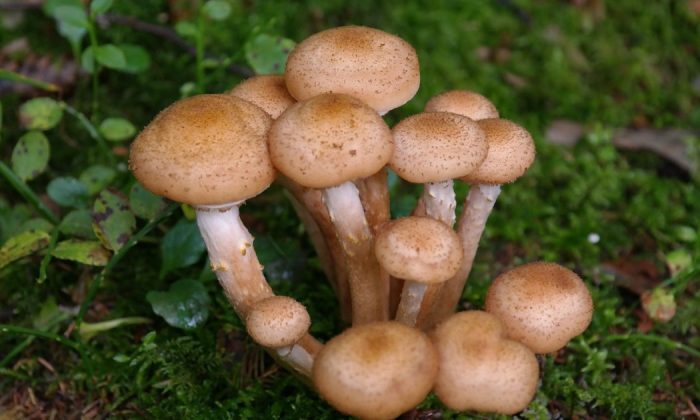
The summer is gone but the weather is still pleasant. Trees are beautifully coloured in all possible shades and tones and the traditional autumn mushroom season is here, and many mushroom pickers are getting ready. Autumn mushroom picking also includes honey fungus, which is typical in our corner of the world. However, did you know that this mushroom is actually a symbol of destruction? This is because the honey fungus destroys trees and it is virtually impossible to defend against this fungus.
You can plant honey fungus in your garden…
Of course, we are all lazy but still want to enjoy the taste of this particular mushroom, right? So, use your own garden… True, but it is not a good idea because this fungus can damage all woody plants including strong and healthy ones. It can attack both deciduous and coniferous trees, and they become sick quickly. So, think twice if you want to take this chance.
Photo: Pixabay
A unique taste, but you need to prepare it correctly
The honey fungus has a very specific taste and is probably best in various beef stews, but you must cook it correctly as they are slightly poisonous when raw. Boil them for at least 20 minutes or you may risk unpleasant intestinal or stomach problems. Very sensitive people should probably not consume the honey fungus at all.
Photo: Pixabay
Many species grow until November
There are a lot varieties and even mycologists often disagree on individual species. However, the most common one is Armillaria mellea, or the common honey fungus. It can only be confused with shaggy scalycap, but it is one is edible so you do need to worry. It does not taste like the honey fungus though. The honey fungus grows until November and most often you will find it on stumps or at the bottom part of trees. An interesting fact. A certain type of American honey fungus is considered the largest mushroom in the world! But this measurement was based on the entire mycelium, which is part of the fungus but under the ground… and supposedly, it occupied an area of 1,200 football fields! Unbelievable! The entire mycelium was 2,400 years old, and if you dig it out completely it would weigh about 100 tons. Impressive!
Preview photo: Pixabay

Gardening is my hobby, I have a lot of experience and I am happy to share it.
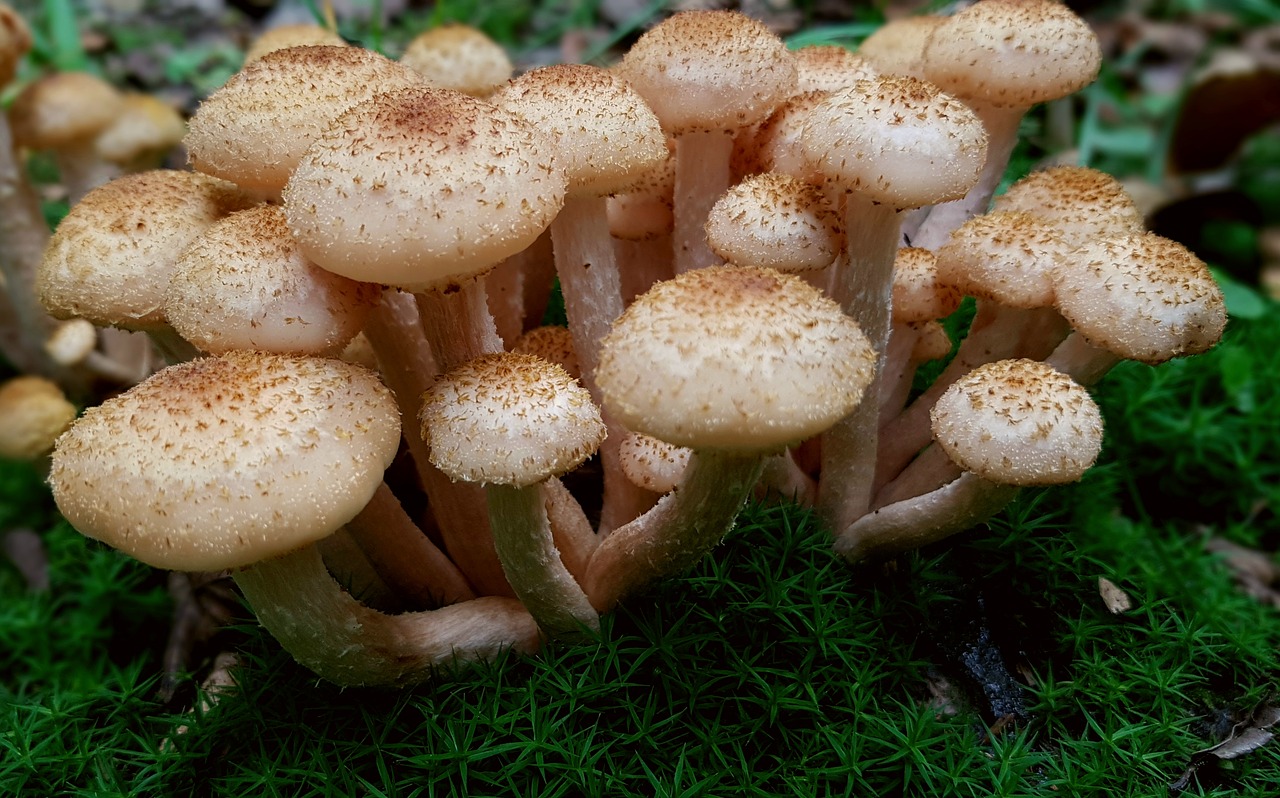
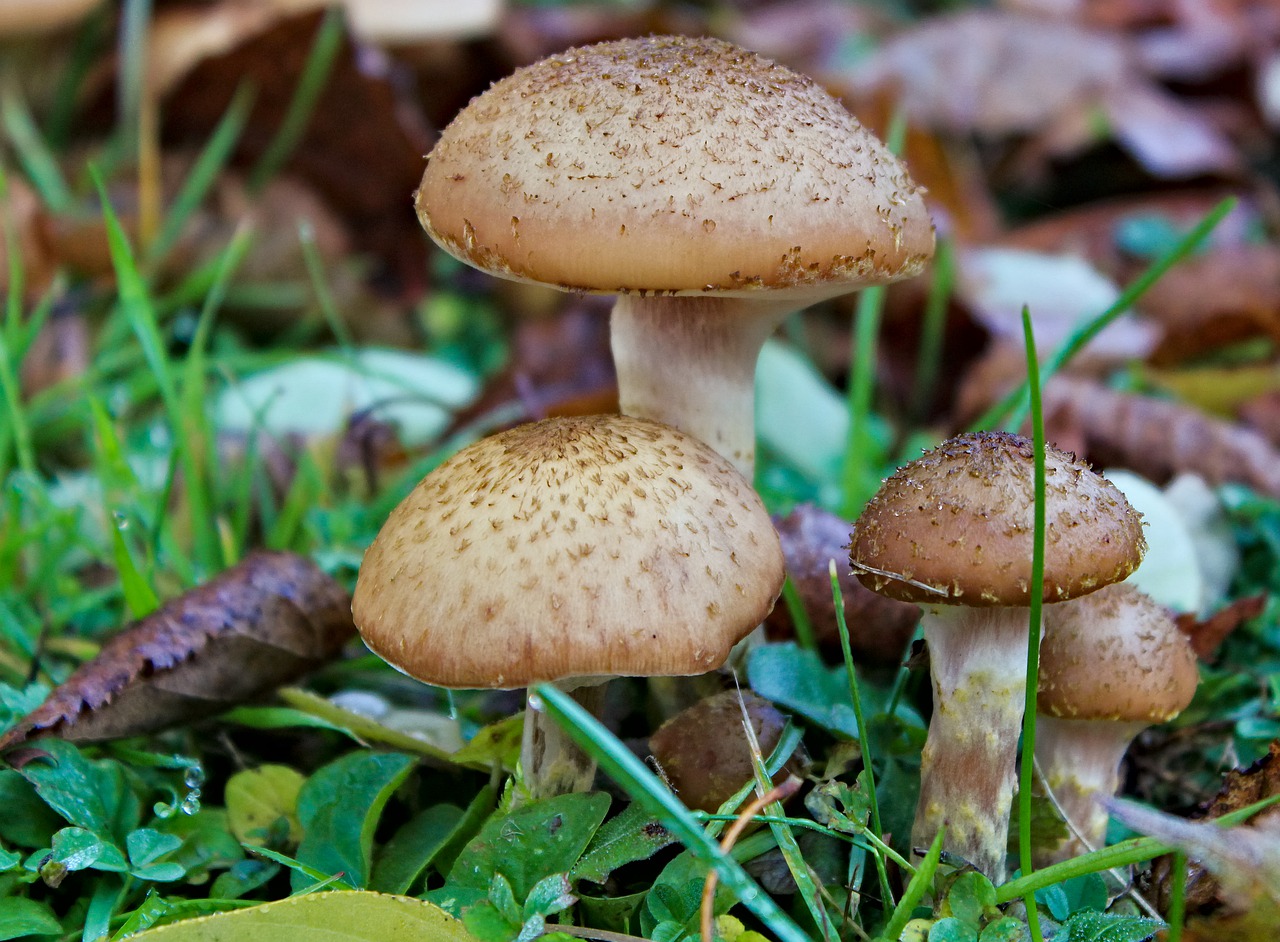




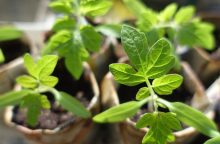
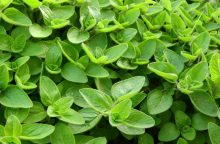
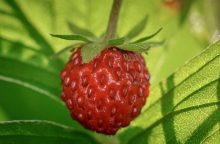

0 comments